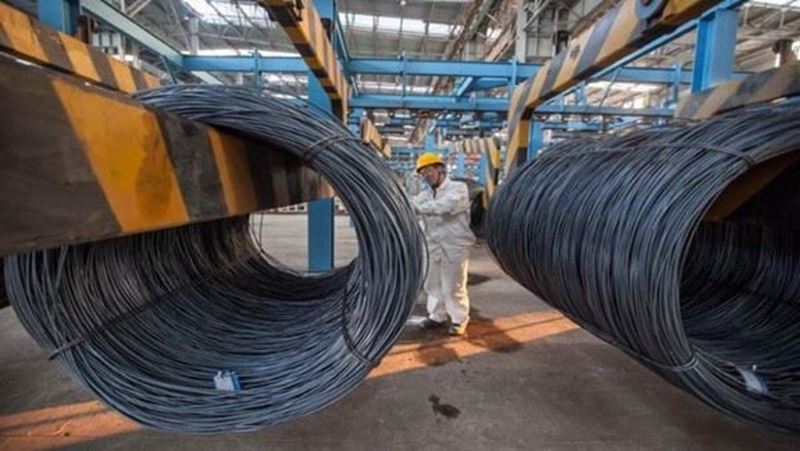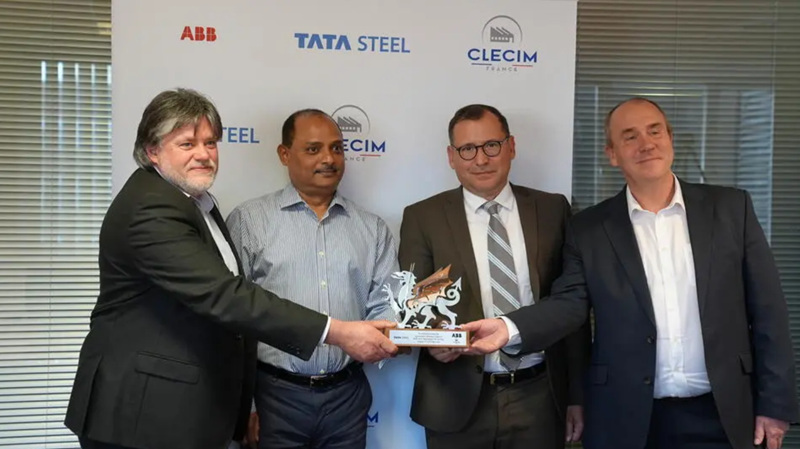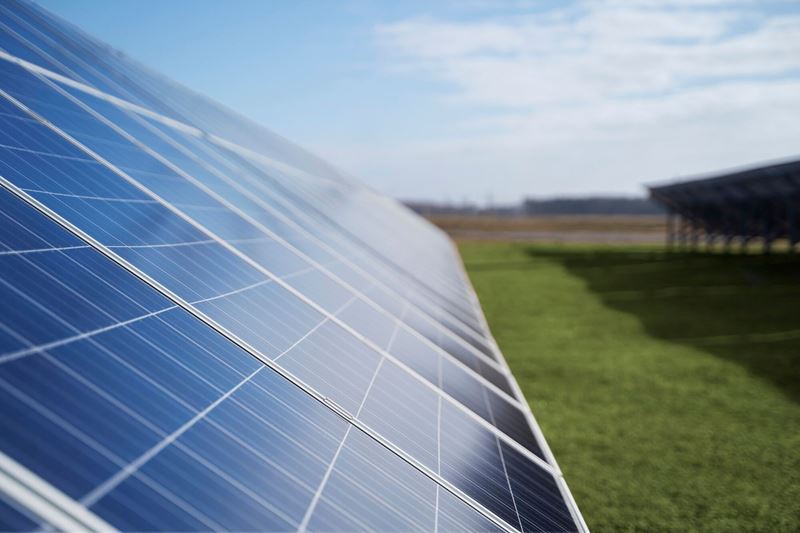Recently, the United States has imposed significant tax increases on imports from China, raising additional Section 301 tariffs on steel and aluminum products, as well as products such as electric vehicles, batteries and semiconductors.
These steps attract attention with tax increases from 25% to 100%, especially for electric vehicles. Additionally, steel and aluminum products that were previously untaxed or taxed at low rates will soon be subject to import duties of up to 25%. This leaves Chinese steel subject to both Section 232 and Section 301 tariffs, making steel exports to the US subject to tariffs of up to 50%.
In response to these tax increases on Chinese steel in the USA, American steel importers have sought alternative supply sources, and Vietnam stands out at this point.
Vietnam steel is produced in accordance with international standards such as ASTM, EN, JIS and has quality and environmental management systems certificates such as ISO 9001, ISO 14001, OHSAS 18001. These certifications not only guarantee product quality, but also prove that they offer a safe and environmentally friendly production process.
Major steel mills in Vietnam are equipped with modern production lines and advanced technology from leading metallurgical brands worldwide. Vietnam is self-sufficient, especially in raw material inputs (HRC), enabling products to meet stringent international standards and ensure reliable supply for construction and industrial projects in the US market.
With a 25% tariff under Section 232, Vietnamese steel offers a more competitive price than Chinese steel in the current context. This encourages American importers to choose Vietnamese steel sources to optimize their costs and improve their production processes.
Additionally, Vietnam is strategically located in Southeast Asia, close to major sea routes to North America and Europe. This provides a significant advantage in minimizing transportation costs and delivery times, so a stable supply chain can be created.
These developments show that tariff increases on Chinese steel are not only changing the trade dynamics between the United States and China, but also creating new opportunities for steel producers in other countries, especially Vietnam.











Comments
No comment yet.